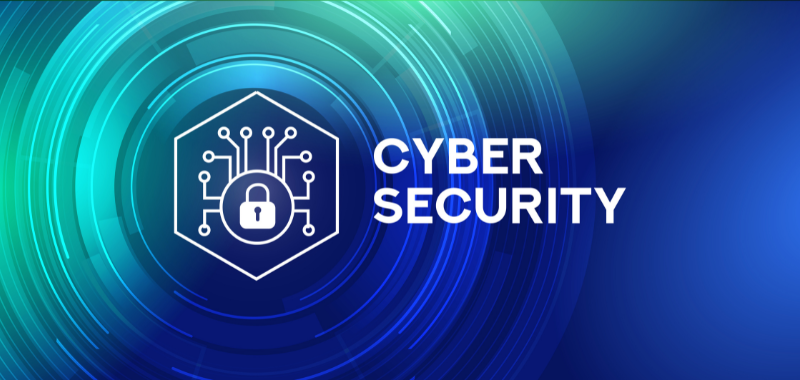In a progressively digitized world, the finance sector stands as one of the top targets for cyber threats. As technology upgrades, so too do the approach of cybercriminals. Let’s understand the critical importance of cybersecurity in finance, outlining the challenges faced and the measures being taken to protect the wealth of individuals and institutions.
1. The Risks Are High:
A vast quantity of sensitive data, including transactional details, financial records, and personal information, are handled by the finance industry. A financial institution that is the target of a successful cyberattack may suffer terrible repercussions for both the institution and its clients.
2. Emerging Threats Outlook:
Cybercriminals are become more and more skilled, using cutting-edge methods like phishing, ransomware, and social engineering scams. Financial institutions are being targeted by nation-state actors and organized crime groups for the purposes of obtaining intelligence, causing economic upheaval, or making money.
3. Supervisory Necessities:
To protect customer interests and preserve market stability, regulatory authorities across the globe are requiring financial institutions to implement strict cybersecurity safeguards. Conducting financial operations requires adherence to regulatory frameworks such as GDPR, PCI DSS, and local laws.
4. Advanced Persistent Threats (APTs):
Long-term, focused attacks known as “Advanced Persistent Threats” occur when adversaries breach a network’s security and take use of their access, frequently with the goal of espionage or financial robbery. To identify and lessen Advanced Persistent Threats, financial institutions are spending money on threat information and monitoring tools.
5. Developing Tech and Risks:
Blockchain, artificial intelligence, and cloud computing use present new cybersecurity challenges in addition to new benefits. For example, smart contracts include flaws that must be fixed to guarantee the integrity of financial transactions.
6. Educating and Training:
Workers continue to be an essential component of the cybersecurity chain. Initiatives such as awareness campaigns and training programs are essential for reducing the dangers posed by insider threats and human error.
7. Incident Acknowledgement and Improvement:
In the case of a successful cyberattack, swift response strategies together with strong backup and recovery protocols are crucial. Regular drills are conducted by financial institutions to assess their preparedness and resilience against a range of cyber threats.
The convergence of technology and banking necessitates a watchful and proactive cybersecurity strategy. The financial industry’s defences against cyberattacks need to change along with it. The global finance sector can maintain the security of the assets and interests of both persons and institutions by means of a cooperative industry strategy, strong regulatory frameworks, and cutting-edge technologies.
Credits

Nitin Sharma
Financial Planning Team




